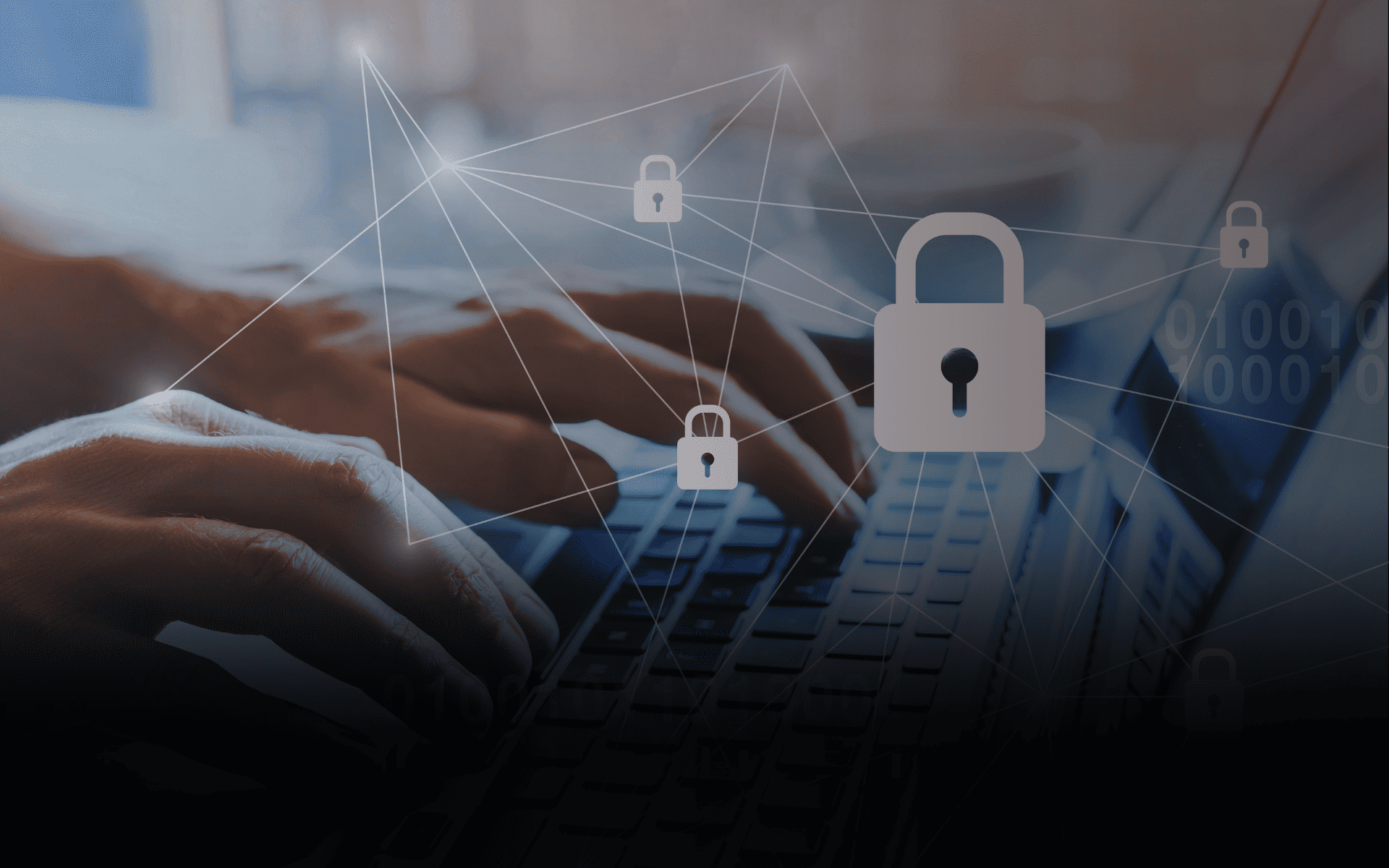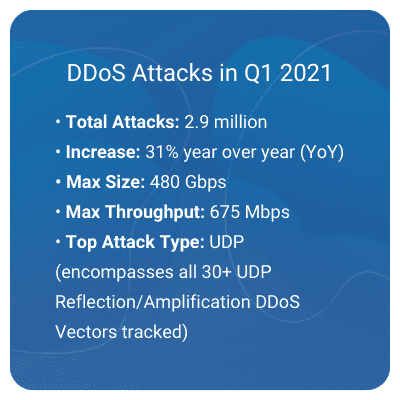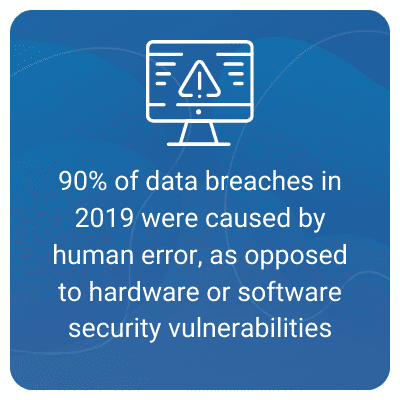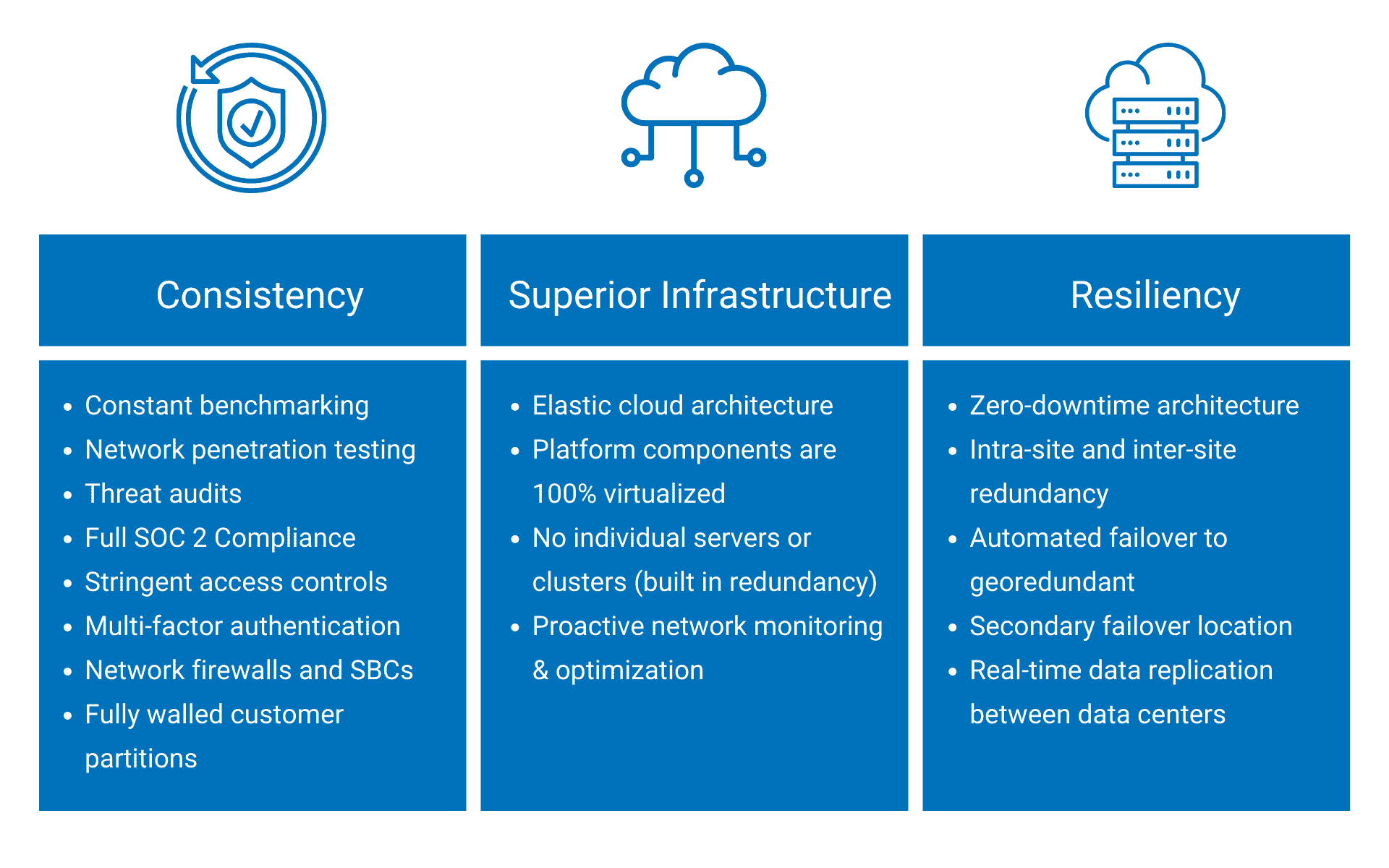
If 2021 demanded we question the way we work, 2022 will demand we double down on the right technology investments and secure our platforms. Communications and collaboration trends are constantly evolving, which means security and regulatory compliance are too. With remote working here to stay, providers and their business customers are facing the challenge of trying to adhere to regulations while employees outside of their secure work environment.
These days, it’s common to see news stories or reports of privacy breaches, illegal distribution of sensitive data, or compromised code in applications we use on our computers or mobile devices. With so much precious information at stake, securing a unified communications (UC) platform is no easy task. Service providers who are considering or have already deployed a UC solution must consider their strategy for managing a geographically dispersed end user workforce, the risk of data loss or network intrusion, and the consequences of not addressing the emerging area of collaboration security, compliance, and governance.

Top 2022 Predictions Service Providers Should Know About
Securing a collaboration and communications platform is no easy task. With so much precious information at stake, these platforms present significant new surface areas of risk. As service providers and business leaders’ vet new solutions and growth opportunities, they need to consider the solution’s strategy for managing a geographically dispersed customers, the risk of loss of data or network intrusion, and the consequences of not addressing emerging area of collaboration security, compliance, and governance — because around 30% of businesses aren’t using the right security tools and software to protect devices and data.

1. DDOS Attacks on the Rise
Over the last few months of 2021, companies saw a prolific rise in distributed denial of service (DDoS) attacks targeting VoIP providers. In some cases, these attacks overload the target’s servers with an extremely high volume of traffic, controlled remotely by a network of malicious software (botnet), to break their defenses, bring down their website, exploit vulnerabilities, and gain access or control.
Several security firms have recently observed a marked increase in this sort of activity, which are often attributed to politically motivated groups. According to Ronen Kenig, director of Security Research at Incapsula, “We suspect that DDoS has become the weapon of choice because it is more convenient and effective than penetrating a target’s network and launching an attack from within.”
Read Gartner’s DDOS mitigation recommendations in our white paper:

Source: CSO Online
2. Regulatory Compliance — E911 is Not Optional
In 2022, compliance with Kari’s Law and RAY BAUM’S Act will be a top priority for service providers. These laws, which were passed with overwhelming bipartisan support, aim to ensure the public has greater access to emergency services and improve the potential for emergency response outcomes. The new requirements include:

Kari’s Law
Any multi-line telephone system (MLTS) manufactured after February 16, 2020, must be able to dial 911 without first dialing an extension to reach an outside line. Additionally, a notification must be sent to a central location at the facility when a call to 911 is placed to notify on-site personnel who can prepare for the arrival of emergency services.

RAY BAUM’S Act
The caller’s dispatchable location info – including the calling number’s street address and building, floor, room number, or info needed to precisely identify the caller’s location — must be sent to the public service answering point (PSAP) with the call. This is required for fixed MLTS devices by January 6, 2021, and for non-fixed MLTS devices by January 6, 2022.
Location compliance for landlines is not new; however, with the expansion of communication tools, users are now able to make calls from desktops and tablets, making location detection, and compliance more complex for service providers. There may be legal consequences if these changes are not implemented.
Are you compliant? One of the first things a business should do to ensure they are fully E911 compliant is to contact their carrier. It is important for carriers to find out if their provider offers a 911 service and what, if any, costs may be associated.
Recommendations: By using an industry-leading cloud communications platform, service providers can often bypass the effort and time to ensure compliance as the carrier would manage it on their behalf.
Alianza provides easy compliance for service providers by enabling users to manage their emergency addresses in their account online, so they don’t have to call you to do it for them.
3. IT Control and Visibility Struggles
Now that remote working is here to stay and IT has less control over their physical workspace and network security, organizations must prioritize addressing those security risks and governance challenges.
Securing collaboration and communications platforms is no easy task, and end users don’t make it any easier. IT requires clear visibility into remote networks and third-party systems; otherwise, it can be hard to know if a current or potential vendor may be vulnerable or compromised. They need the ability to quickly identify possible red flags and take the necessary steps to protect your network from cyberattacks and other threats to your data.
How does your business plan to provide provide visibility and control to end users without increasing the workload on your IT team and personnel?

Source: Cybsafe Cyber Threat Landscape
Securing Your Business for 2022 & Beyond
Alianza built our network to ensure that service providers have peace of mind when it comes to things like security, network quality, resiliency, and redundancy. Alianza customers serve some of the most demanding and quality-conscious markets around, so we’ve created a tier 1 carrier grade network architecture that allows you to focus on your business. Our multi-layered approach includes the following:





